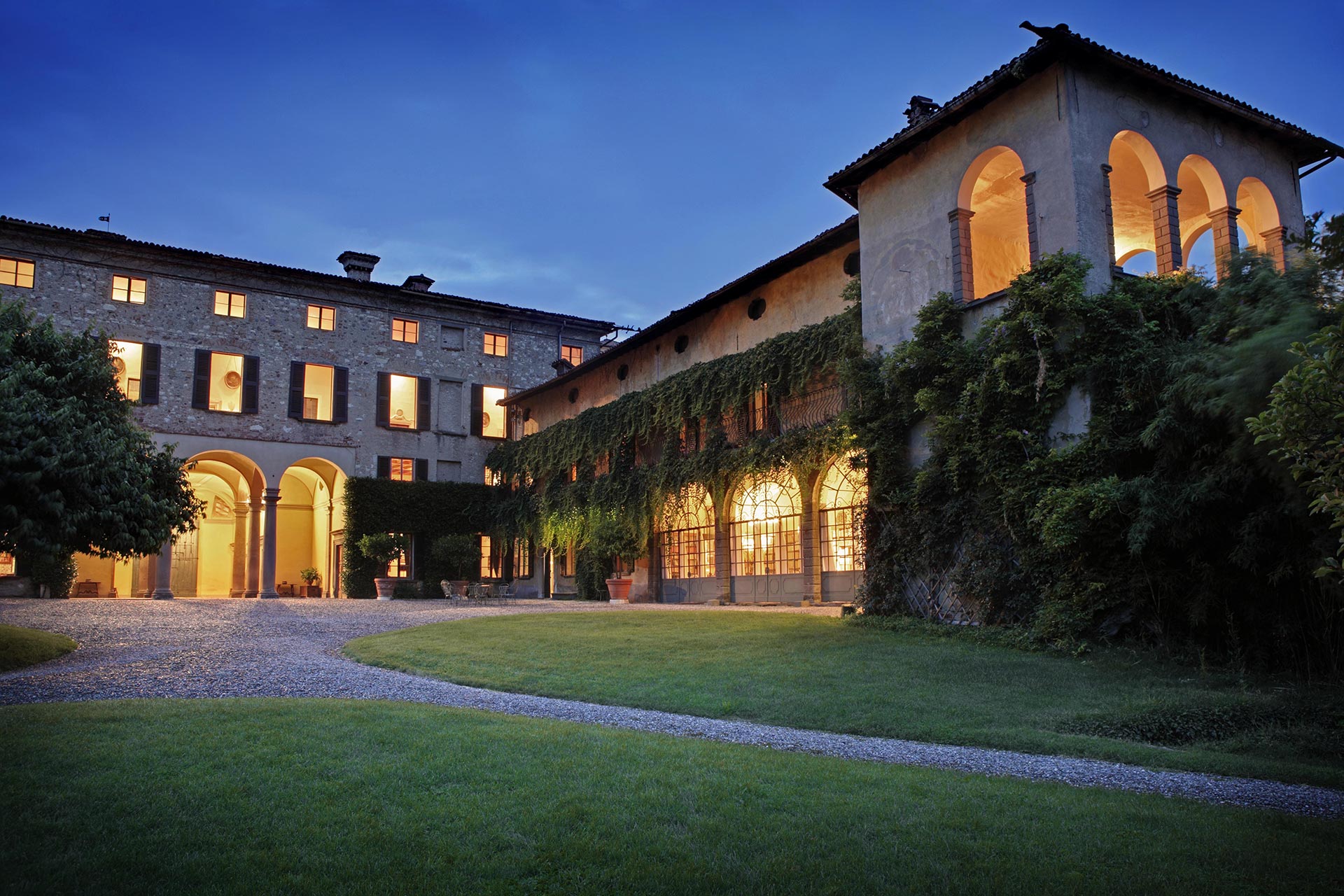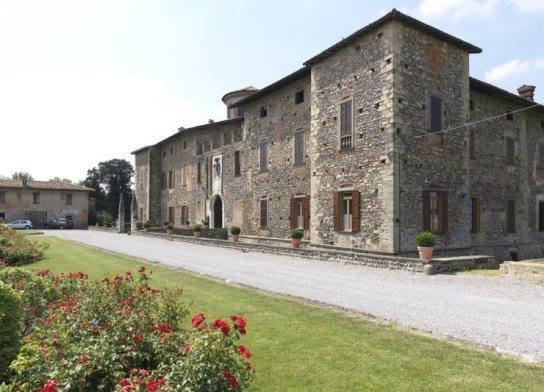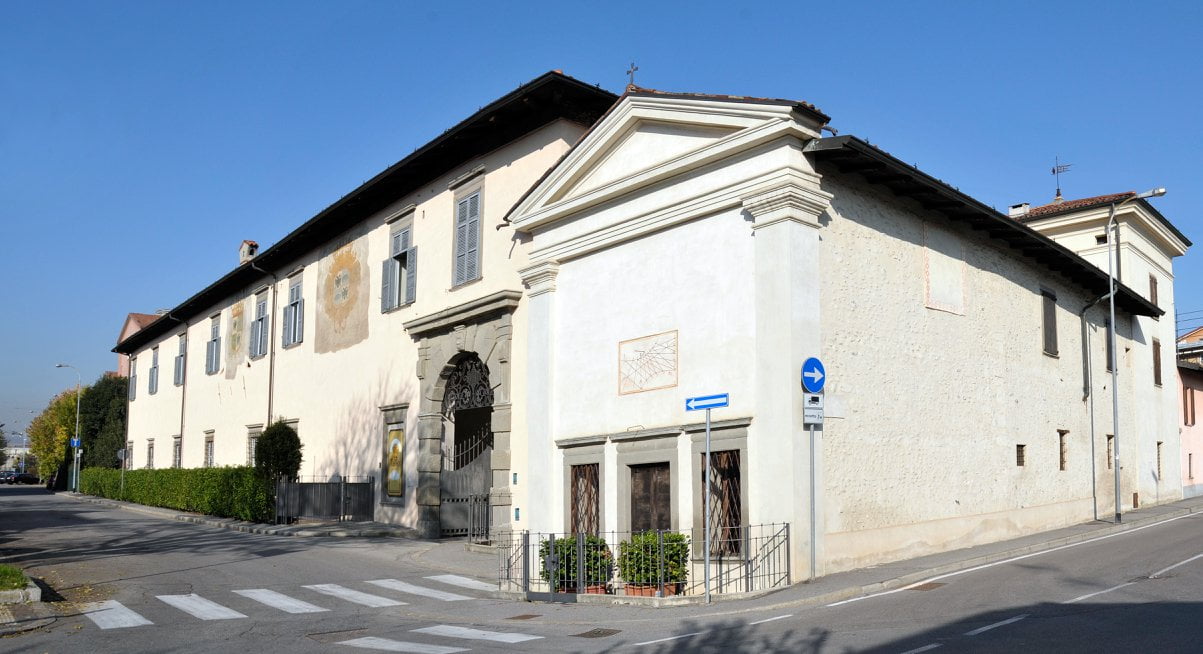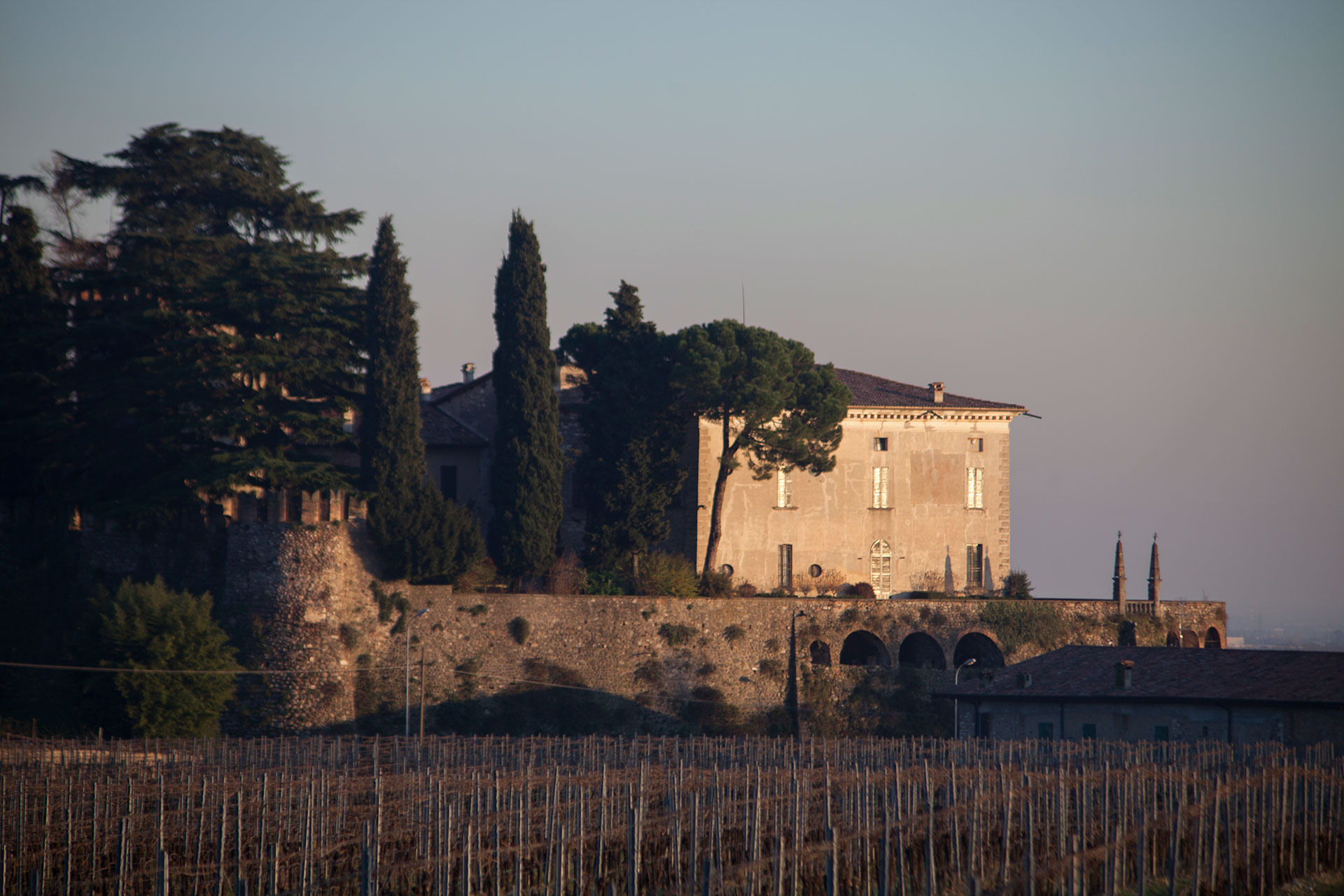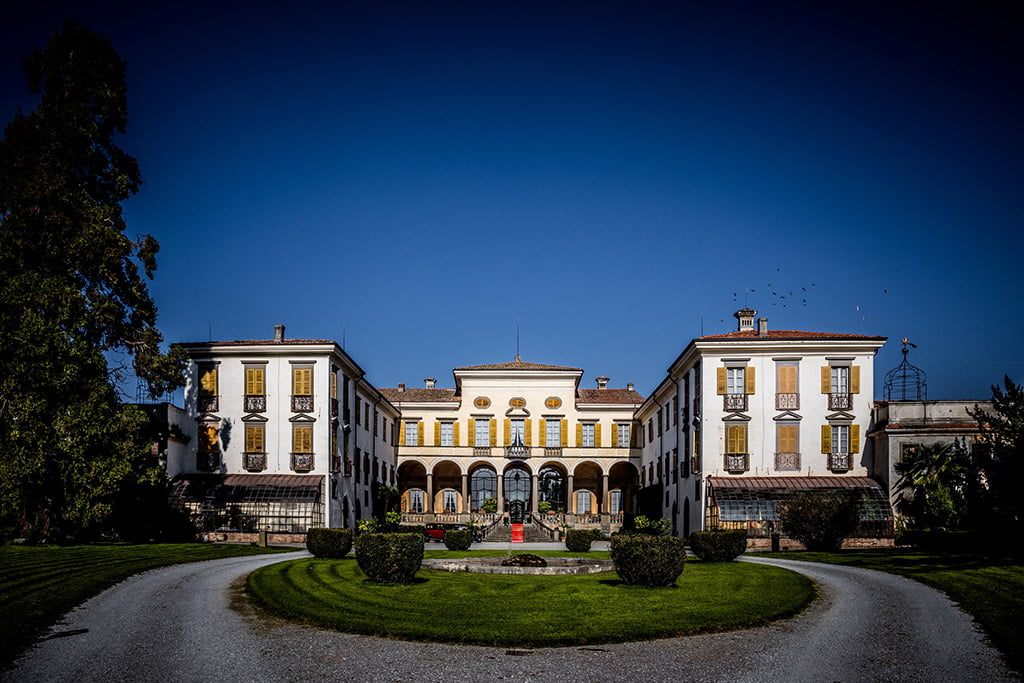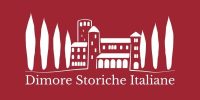Villa Vitalba Lurani Cernuschi and the Convent of San Nicola are nestled in the hills of Umbriana, adjacent to the historic village of Almenno San Salvatore, and surrounded by centuries-old vineyards. The Convent itself was built at the end of the 15th century as the result of a pledge made by the inhabitants to erect a chapel after the village had suffered a plague epidemic. Between 1488 and 1518, a church was constructed and the convent was then dedicated to Santa Maria della Consolazione. Elaborately decorated with stuccoes and paintings, the church boasts a rare example of a 16th-century organ (dating from 1588); crafted by the renowned Antegnati family, it has been preserved intact and, thanks to the masterful restoration work carried out, it is still played today during concerts and exhibitions. In the second half of the 18th century, nobleman Paolo Defendo Vitalba, who already owned the main residence, purchased the convent and the surrounding land at auction. In 1830, the Villa was renovated by architect Giacomo Bianconi. The property was inherited by Clarina Barca, granddaughter of Maria Candida Vitalba Barca, and in the second half of the 19th century her marriage with Agostino meant that the Villa became the home of the Conti Lurani Cernuschi family. The building faces towards the gardens and has a large tripartite façade, which is perfectly symmetrical. A number of the rooms in the Oriental wing offer ceilings with highly decorative bands in polychrome tones. Of particular interest is one of the reception rooms whose walls and ceilings have been covered with landscapes and exotic animals painted by Quirino Salvatoni, and the grounds also display statues attributed to the sculptor Pirovano. The Villa and garden are available for receptions, concerts, exhibitions and other events. It is possible to reserve accommodation for groups of up to 20 people.


